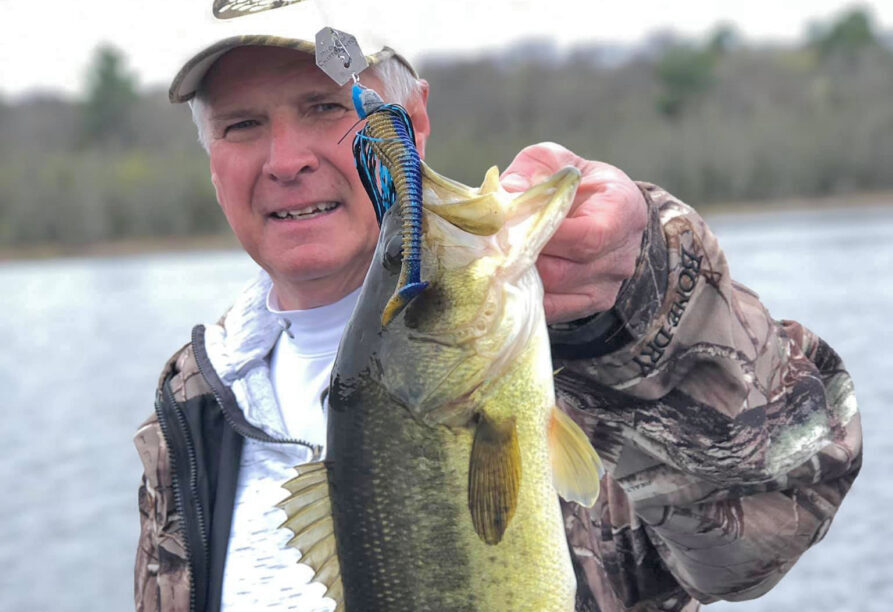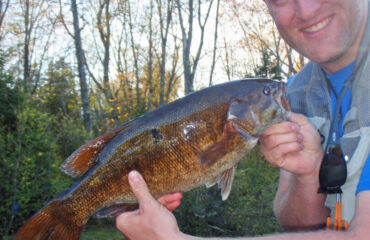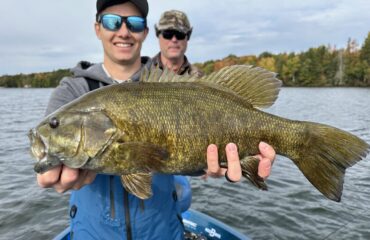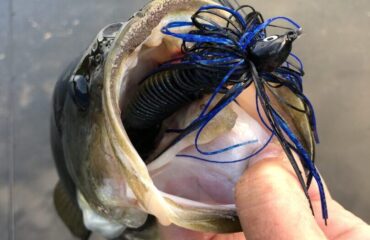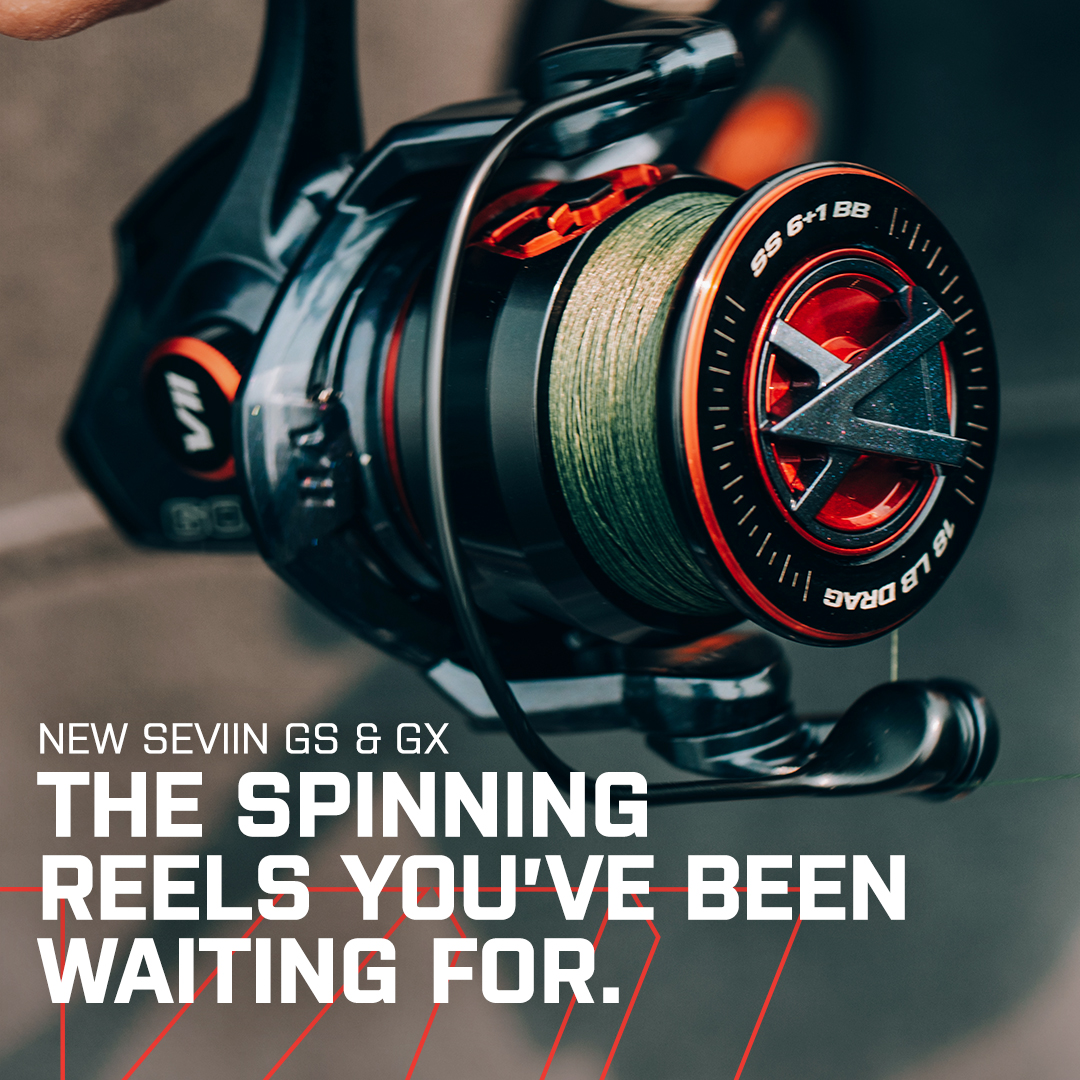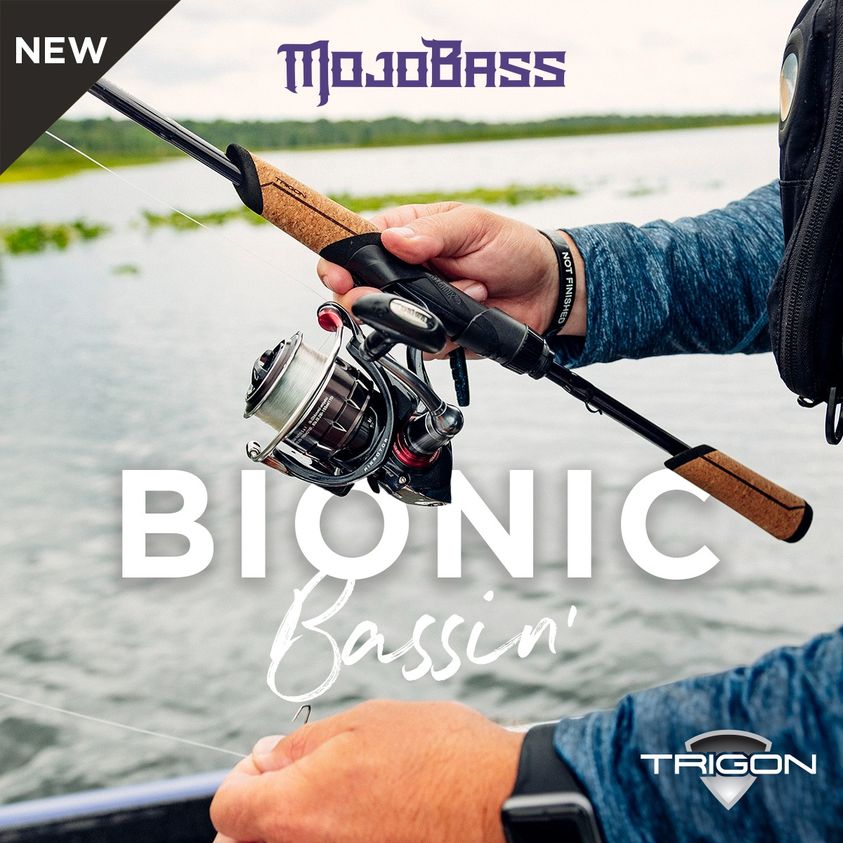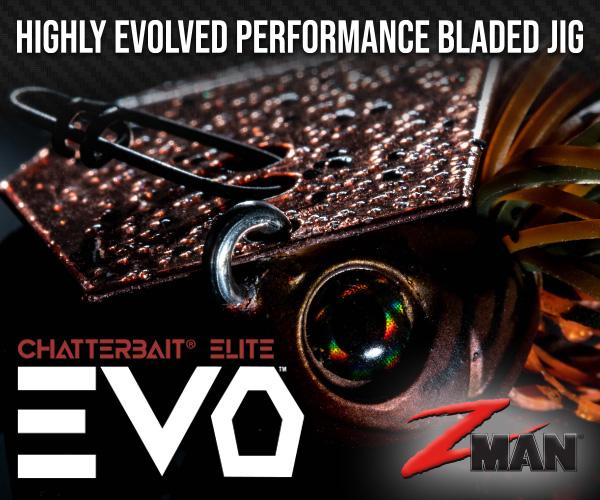Backwaters for Ice-Out Largemouths
It’s no secret that backwaters attract and concentrate big bass on a seasonal basis. Their habitats can be thick and rich with diverse emergent and submergent plant species. Another characteristic of them can be the abundance of timber and wood cover, and the element of protection from fishing pressure and the rest of the lake or river system. In high water years like we’ll have in 2023, they’ll be home to virgin bass fisheries.
The greatest benefit to fishing backwaters is access to unpressured fish. They can also be very difficult to access. My kinda hot spots!
Habitats are very shallow, often 5 ft. or less. Fish will only use them seasonally. The best systems will contain a few ditches and deeper holes formed by old channels. These locations almost always have stained brown water, and a few sources providing current. And there is no shortage of fish cover, plant life, and submerged wood either.
Of all their relevant features, depth defines whether it’s worth fishing or not. Adding to the intrigue, all of these places are unmapped. It’s one of the rare instances nowadays where you will strictly rely on your own eyes and observations to navigate, identify, and locate fish.
Across many flowages and drainage lake systems, backwater areas are often located near their headwater regions. Conditions can closely resemble flood plains and ditches more than a reservoir. On northern fisheries backwaters are usually narrow and serpentine shaped, loaded with submerged navigational hazards.
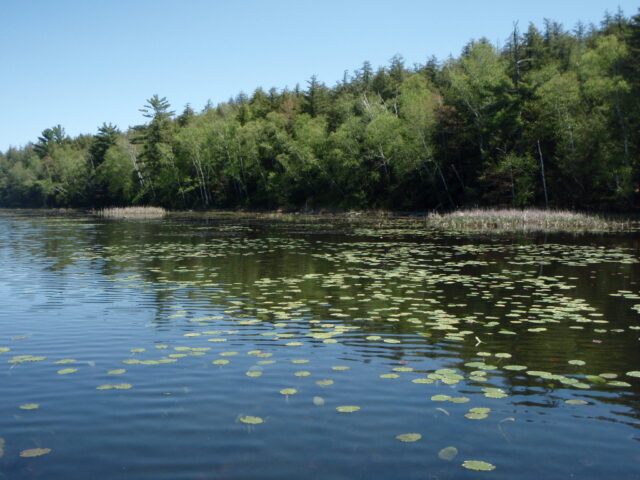
Fish them at Ice-Out
Starting at ice-out, backwaters attract and concentrate big largemouths. On northwoods backwaters, it’s important to remember that these locations are comprised of non-resident fish – because they are prone to freeze-outs and are non-survivable in winter. Largemouths reach these locations through migration from main lake and main river areas.
Spring success is dependent on timing. As you venture farther into a backwater, you’ll encounter less fish as you would closer to the mouth. Largemouths will be coming and going as they please.
Backwaters are no-brainers from ice-out through spawn. In spring, they are at peak productivity, supercharged by the abundance of baitfish and spawning largemouths. While the system’s main lake areas could be delayed by a cold spring, these sheltered areas will behave like aquariums – drawing heat and holding several fish species.
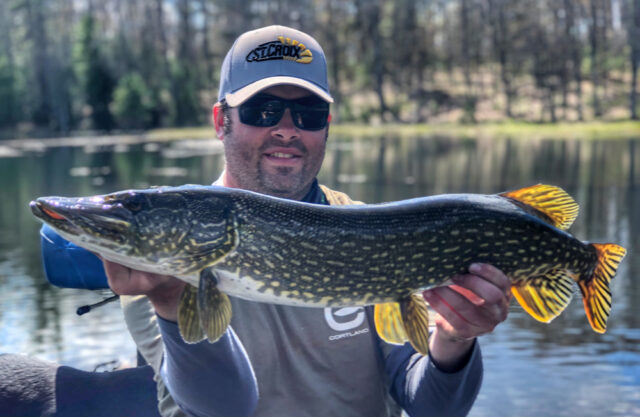
Starting at ice-out, we look at backwaters for pre-spawn fish that could be holding in the deepest water available in the backwater region.
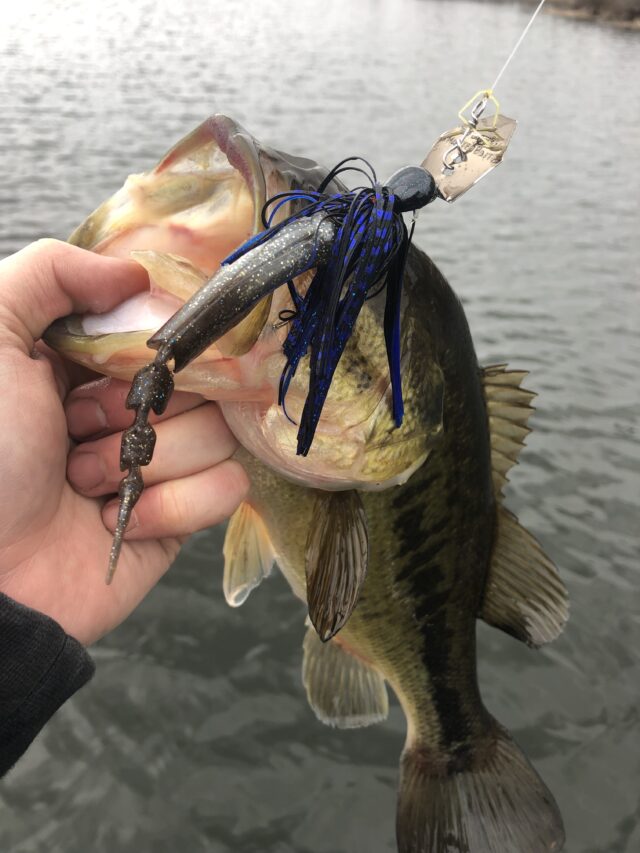 As water warms, fish will infiltrate throughout the system. This will be a good time to cover water, especially if worked thoroughly and methodically. Backwaters are spot-oriented, and may contain dozens to pick apart. Horizontal search baits are top options.
As water warms, fish will infiltrate throughout the system. This will be a good time to cover water, especially if worked thoroughly and methodically. Backwaters are spot-oriented, and may contain dozens to pick apart. Horizontal search baits are top options.
Where casting lanes and depth are present, first consider lipless crankbaits and other shallow divers – These are my most effective tools in the cold water. To fish quickly and cover water, carry an assortment of ½-ounce Strike King RedEye Shads, KVD Silent Squares, and Mann’s Baby-Minuses.
Next, prioritize ripping and cranking 3/8 oz. and ½ oz. Z-Man Freedom Chatterbaits and Jack Hammers. Z-Man’s extensive lineup of Chatterbaits are tailor made for these shallow environments. Bang ‘em over wood and rip through weeds. My best trailers in cold water are Z-Man’s Razor ShadZ, and Bizz Baits Killer Craw.
For their snag-resistance, Swim Jigs are without question at their best in these areas too. Freedom Tackle Corp’s. FT Series swim jig in 1/4 ounce and 3/8 ounce models can be swum through vegetation, wood, and other shallow junk. Black/Blue is the only color you’ll need.
Often, the biggest largemouths to come on swim jigs will be triggered by a larger bulkier trailer. If favoring steady retrieves, I use big 4.8” paddletails that generate a wide wobble and tail kick such Bass Assassin Boss Shiner, and Grande Bass Kick Back Shad. If fish are responding to slow and erratic lift and drop retrieves, I’ll pair the swim jig with a 4” craw or creature instead.
I don’t visit any backwater without, at minimum, medium-heavy rods. For my jig and casting applications, the St. Croix Mojo Bass Dock Sniper (MJC70HF), and Legend Tournament Bass Dock Sniper (LBC70HF) are top choices. Each of their 7:3.1 gear ratio reels are spooled with 20 lb. Cortland Masterbraid. For chatterbaits and other shallow-running crankbaits, I recommend the St. Croix Mojo Bass Glass Rip-N-Chatter (MGC72HM).
As spring quickly progresses once water temperatures warm and fish get closer to spawning, I seek wood, stumps, lily pad root systems, and flooded bushes. Largemouths will be utilizing these forms of cover and protection for their nesting purposes. Pitching and flipping strategies will dictate fishing success when fish hold tight to these locations. Big fish will be prevalent and vulnerable.
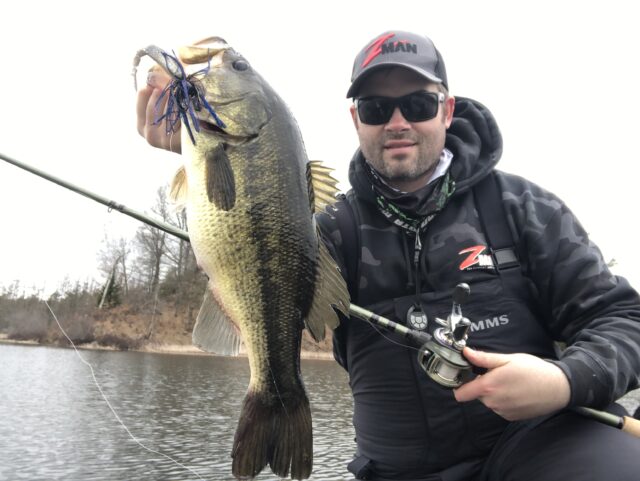
Their seclusion and terrain makes them difficult and challenging to access by boat. When successfully reached, fishing can turn into catching. If you’re looking to tap into virgin fisheries for some seasonal largemouth bass fishing opportunities, seek the protected backwaters of your favorite drainage systems immediately at ice-out to experience some of the best fishing they offer. Great fishing will last through spawn. Visit these hot spots annually.


